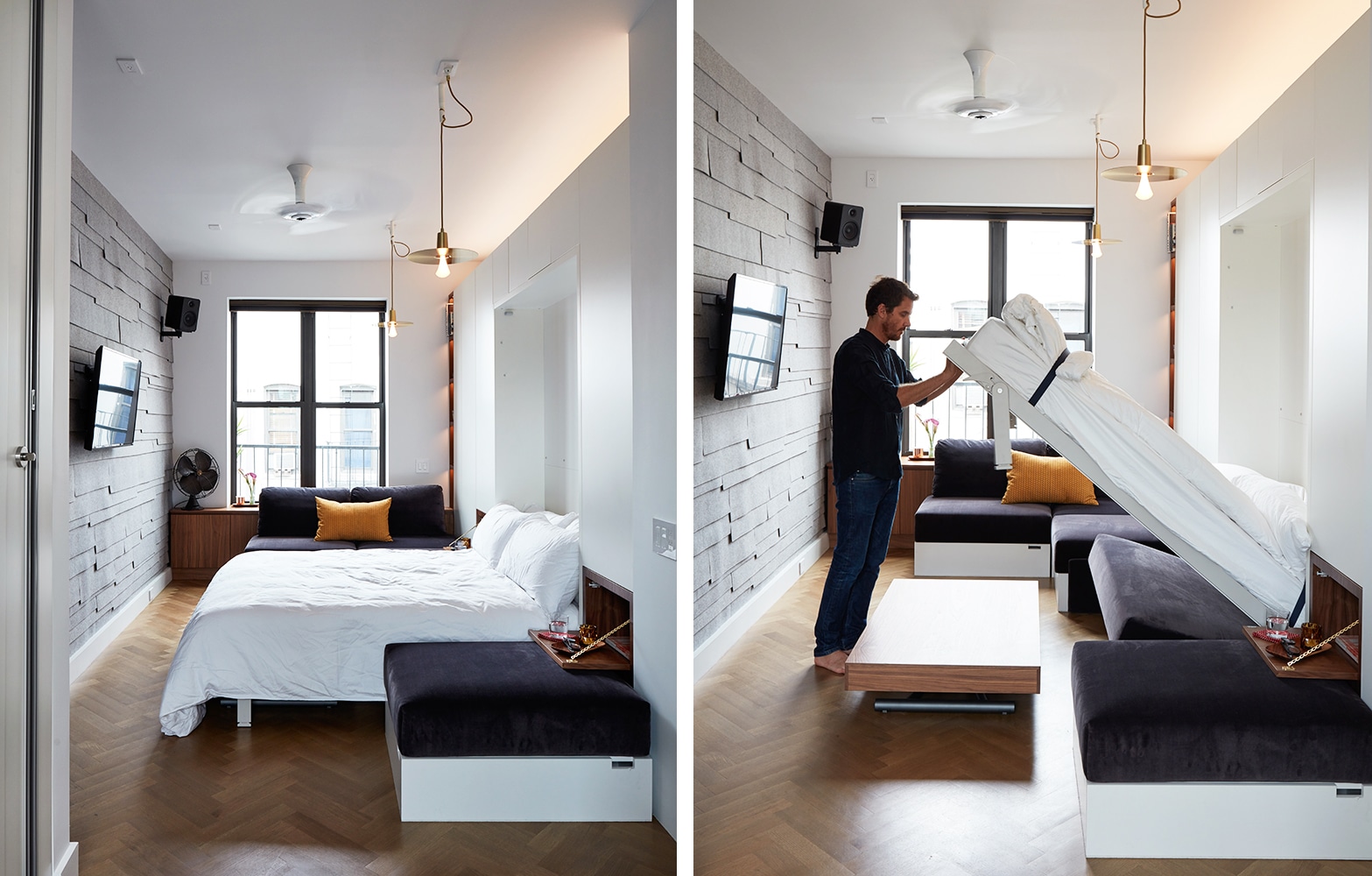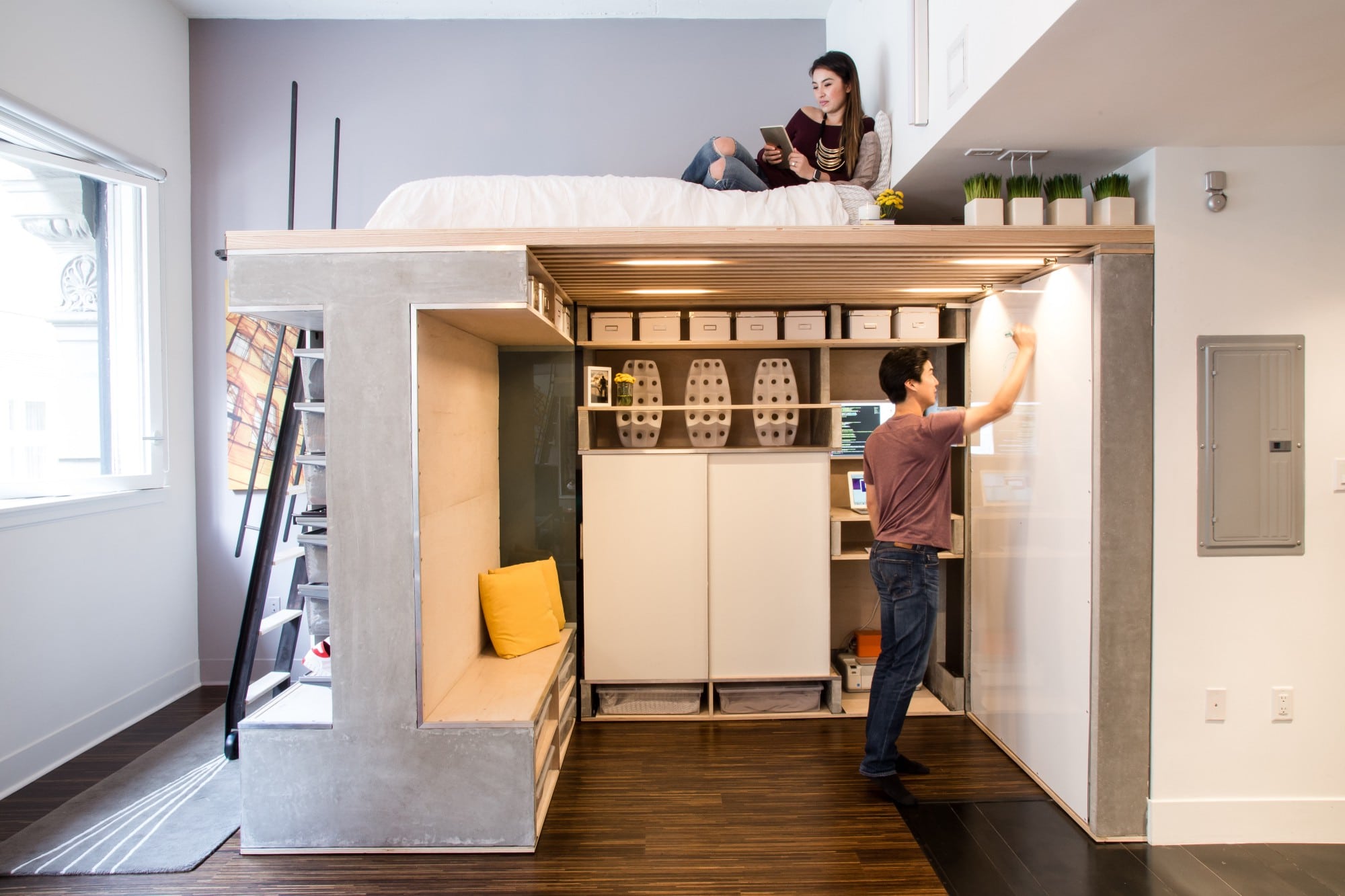For the past several years, trends revolving around minimalistic living have become exceptionally more popular. Millions of people have embraced downsizing as a way to save money, live more simply, and increase their happiness, but why have trends like these become so popular? And how will those trends develop in the future?




IMAGE: GH
Examples Of Minimalistic Living
In case you aren’t familiar, minimalistic living can manifest in a number of ways:
- Small homes. Some people have downsized their homes, opting to fit their appliances and needs into “tiny living” spaces instead of buying a thousand-plus-square-foot home and allowing it to fill up with unnecessary possessions. This is responsible for the “tiny home” movement.
- Others have turned their attention to decluttering, the process of culling unnecessary items (or items that don’t bring you happiness), and adopting a lifestyle that deters you from purchasing further unnecessary items.
- Still others have adopted frugal practices, avoiding spending money on things that are unnecessary or unfulfilling. This usually centers on avoiding materialistic envy, such as avoiding the accumulation of clothes or devices, rather than avoiding spending on experiences, like travel or going out to eat.
Minimalists may engage in one or all of these practices, or other practices that allow them to live life as simply as possible.
Why Has This Trend Become So Popular?
So why has this trend become so popular in recent years? There are several influential factors here:
- For the past couple of decades, people all over the world have grown increasingly concerned about the state of our environment, including man-made effects on the global climate. Accordingly, more people have been inspired to lead a more environmentally friendly lifestyle, which in many cases means adopting a minimalistic lifestyle. Minimalism falls neatly into the boxes of environmentalism; smaller houses use fewer resources, both in their initial construction and on an ongoing basis (for example, small houses require less energy to heat or keep cool). Plus, buying fewer things means consuming fewer resources, and producing less waste overall.
- Our advancements in technology have also made it more feasible to live a minimalistic lifestyle. For example, it’s now possible to condense an entire room full of DVDs to an SD card the size of a fingernail. A single tablet and an internet connection can provide you with a world of knowledge and entertainment, without the need for books, games, or other frills. It’s now possible to live a rich, connected life with very few possessions and minimal space occupancy.
- Housing prices. Housing prices are at an all-time high in many areas, as are rates of inequality. That means the typical middle-class house is unaffordable to a significant chunk of the population. In response, many people have resorted to much more cost-efficient housing choices, and have decreased their consumer spending as a way to make their money go even further.
- Though harder to pinpoint, there’s also a growing trend against consumerism, especially in younger generations. America’s Western culture and capitalistic basis has long fostered the viewpoint that the harder you work, the more money you make, hard work is to be valued, and therefore, the more possessions you have, the more valuable you are as a person. This materialistic viewpoint is being rejected by many young people, who would rather have a functional home with only a handful of possessions than a lavish home filled with things they don’t need.
- Trend convergence. Minimalism is also the byproduct of some coincidental timing. Decluttering experts started writing books on the importance of letting go, home decorators started focusing on minimalism, and the tiny house movement all fed into each other, making any other movement within the overall category stronger and more appealing to the general public. Once you’ve gone through the effort of decluttering your life, it’s much easier to see the value in moving to a smaller house.
The Future
So where will the trend go from here? Minimalistic movements aren’t entirely good; in fact, some critics have spoken out about the dangers of tiny houses, identifying safety concerns during construction and while living in such an abode. And there aren’t many long-term studies on minimalism or decluttering to say for sure that downsized lifestyles lead to inherently happier people. Still, the trend has enough momentum to carry it forward for years to come, and it’s inevitable that the trend will reverse itself at some point—whether that’s a few years or several decades away.
If you are interested in even more lifestyle-related articles and information from us here at Bit Rebels then we have a lot to choose from.


IMAGE: PIXABAY

